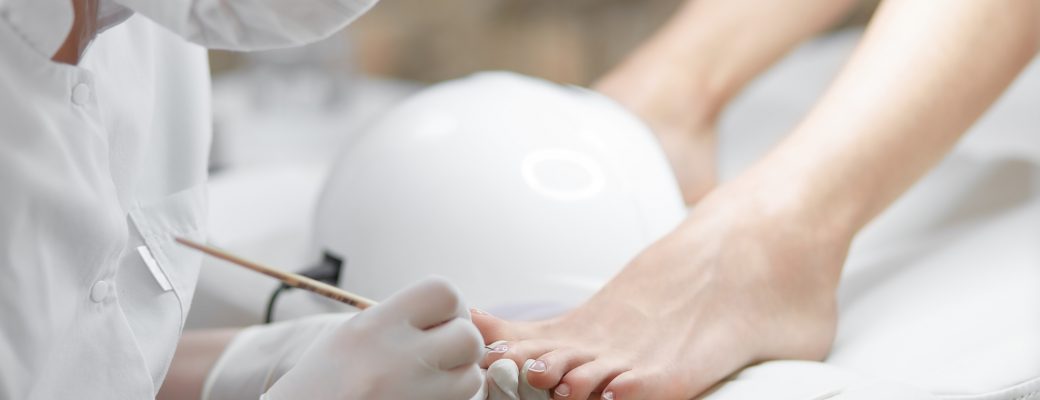In the spa industry, hiring the right employee always benefits owners By Brooke SmithFor employers, hiring a qualified employee can…
Keeping it clean
Proper infection control practices benefit both spa staff and guests
A lack of legislation surrounding health and safety at the spa makes it difficult to establish a standard of practices that all spa businesses must adhere to. This leads to a diversity of approaches to infection control, which can cause problems. Some businesses disinfect with bleach, others with alcohol, says L’Moor’s Bonnie Annis. “Every single municipality applies the best practices guidelines differently. We don’t have any legislation around this, we have best practices, and that’s the challenge.” Annis teaches a community-based course on infection control in the spa and wellness industry. She comes from a healthcare background and is passionate about educating spa therapists and estheticians to protect themselves and their clients. “I want to see estheticians be treated with the respect they deserve and they won’t be treated that way until they show that they are following universal precautions like a clinical care provider would,” Annis says. “That’s why I do this.”
Ellie Papadakis, who is the supervisor at Seneca College’s Evolutions Spa, an on-campus training spa, teaches a Hand Anatomy-Physiology and Care course to first semester students, where they learn about proper sterilization and hygienic practices pertaining to infection, prevention and control. “We include information on bacteriology and infection control in most of our subjects,” Papadakis says. Her job, along with her fellow faculty members, is to instill a working knowledge of best practices in their students, which means following the highest recommended practices from a public health authority, not just the minimum requirements. “We try to be on the more cautious side, even if we don’t have to,” she says. Here is what Papadakis has to say about maintaining a healthy and infection-free spa business:
Disposables.
Tools or supplies that cannot be disinfected properly because they aren’t stainless steel should be disposable. They should only be used on one client and then disposed of. This includes emery board files, buffers, etc. Spa students at Seneca College use stainless steel tools, which they disinfect with products from Micrylium, a company that produces disinfectants for hard surfaces, hands-on tools and stainless steel implements. “We’ve chosen that line because they are safer to use,” Papadakis says. “The products are backed by the WWF and they’re less harsh than using plain alcohol and especially bleach, which is not great for skin and breathing in all the time.”
Cleaning Comes First. Clean first with soap and water, rinse well, and then disinfect. The same goes for handwashing. According to Toronto Public Health, you can either wash your hands or use hand sanitizer, but Seneca College teaches its spa students to do both, Papadakis says. “You should be washing your hands with soap and water before beginning your treatment and at the treatment table, you should always be disinfecting with a hand sanitizer before beginning a treatment, and of course, if they need to, they would be wearing gloves as well.”
Intake Forms.
It can be awkward to turn someone away when a client’s state of health presents a risk of infection. This is why the intake forms clients fill out when they come to the spa are so important. Sometimes it is necessary to ask the client more specific questions about whether they have noticed a fungal infection, for example, and how long they’ve had it, Papadakis says. “We want to inform our clients that we’re not trying to be harsh, we’re just trying to protect ourselves and we’re trying to protect them too,” she says. “We try to explain that we’re not sure and we would like for you to go to your doctor to get it checked out, because you don’t know how you’re going to be affected either, and the fact that we would love to see them back after they’ve gotten the treatment or after they’ve gotten clearance from their doctor.” Depending on the situation, if a client has an open wound or a cut, spas can often work around or avoid the area, she says, so the client is not necessarily refused service.
High Risk Areas.
There are certain areas in the spa that are at a higher risk of infection because of the type of service that is provided there. Pedicure stations, especially the pedicure baths with the tubing systems, are particularly vulnerable Papadakis says. If they are not disinfected properly, they may pose a risk of fungal infection. The second riskiest area would be the place where therapists and estheticians clean their tools, she says. “It could happen in facial areas as well, if they are using needles, if they’re performing medi spa treatments,” Papadakis says. Spa staff needs to ensure they are disposing of needles properly in that setting.
Before And After Care.
The most important tip for maintaining a healthy, infection-free spa business is following proper disinfection procedures before and after providing a service to a client. “It’s all about paying attention to all those areas after each client comes in,” Papadakis says. “You take down a station and reset it properly, and disinfect it before moving on. If you do that for each person then there is no problem.”
A clean, infection-free spa is good for spa staff and clients alike and it can be a good way for spa businesses to distinguish themselves from the competition. Annis suggests that spa businesses use the fact that they take extra time and care to ensure a sanitary environment in their marketing. “You say, yes my pedicure is $50 because I took that extra 15 minutes to make sure that all my tools and all my surfaces have been disinfected to an intermediate or high level,” she says. “It’s about selling the whole experience – the products, the safety, the knowledge that you have and the amount of time you’ve taken to learn what you do. It’s what’s going to set us apart from the chop shops.”




